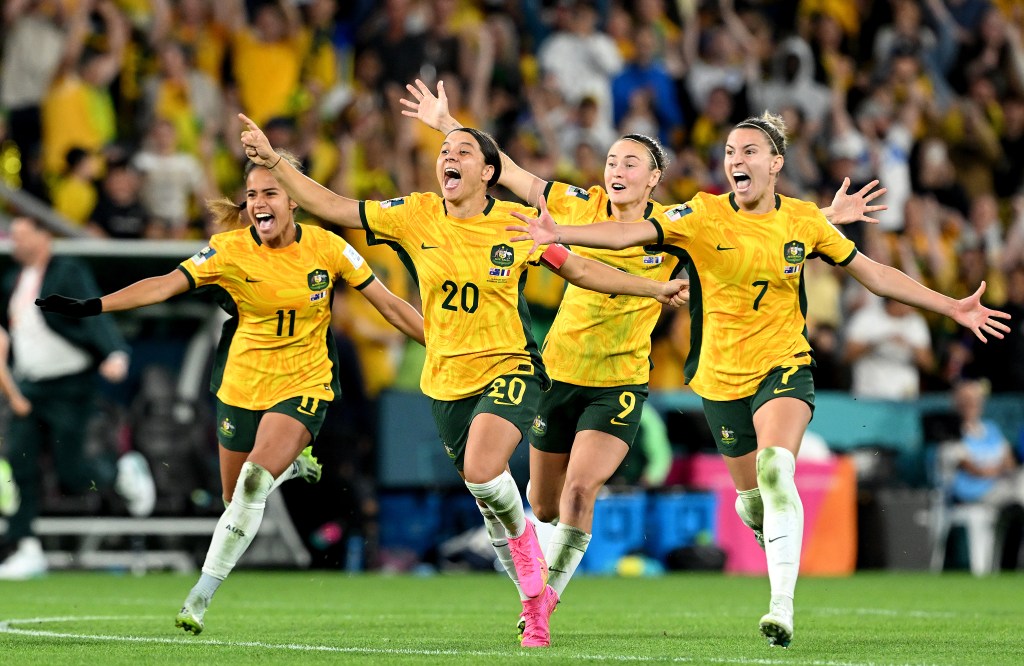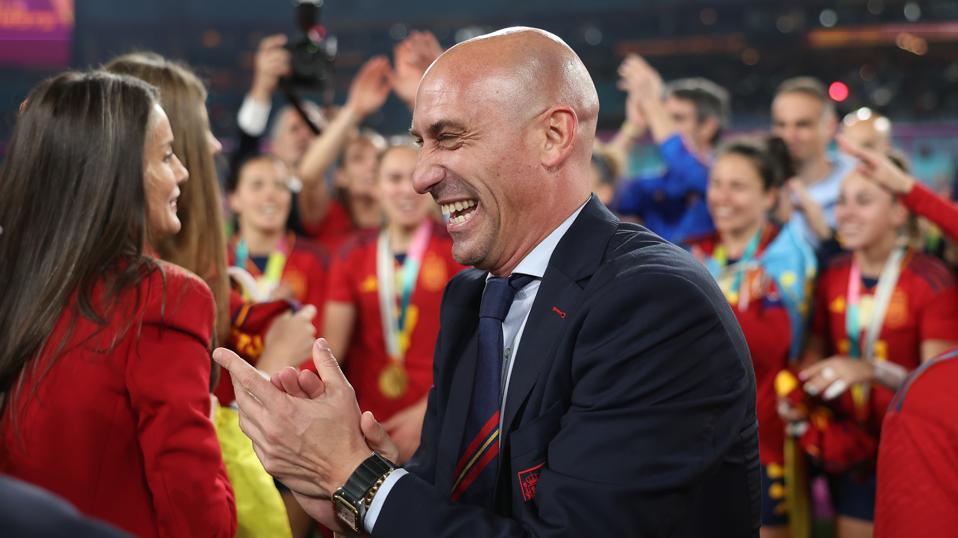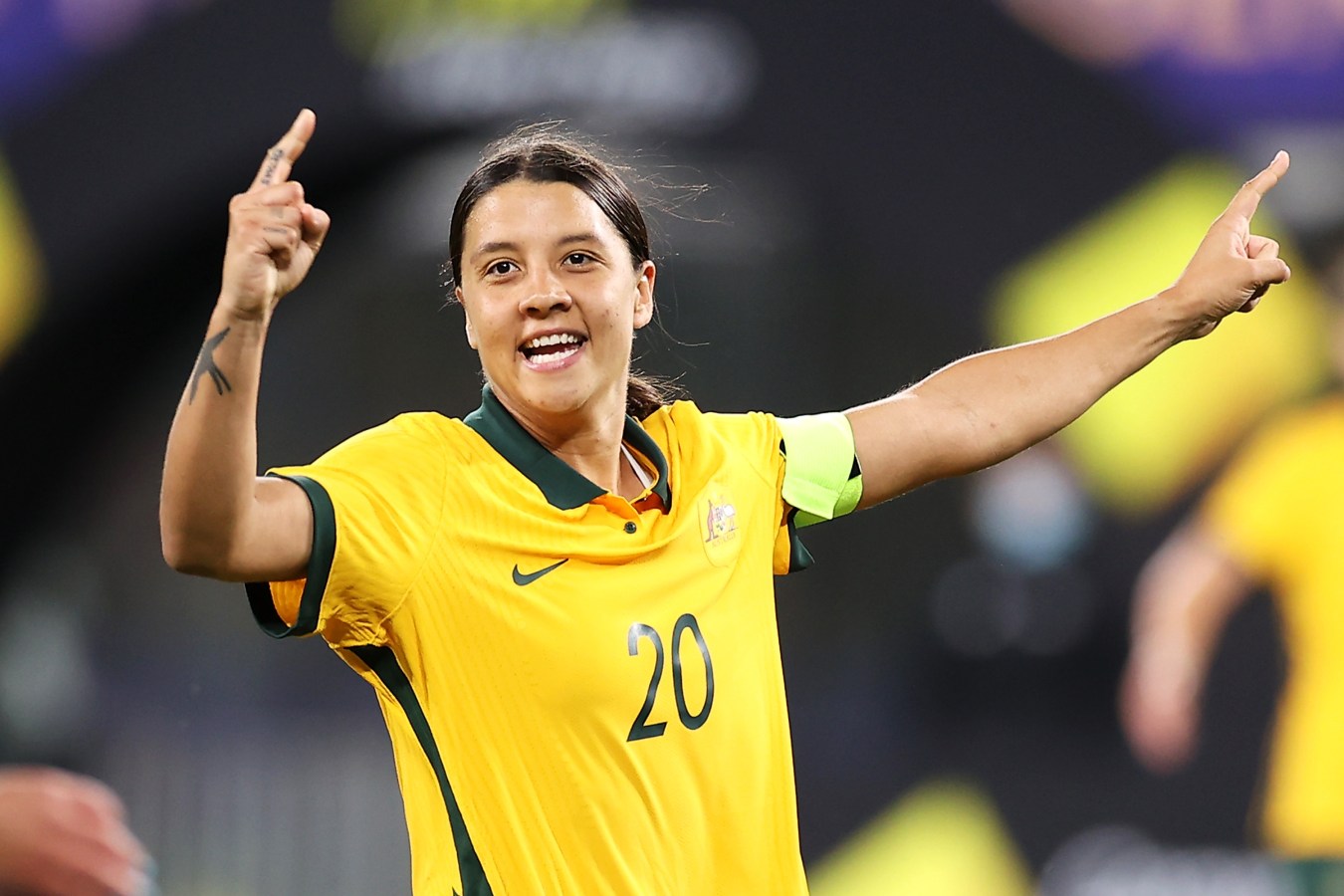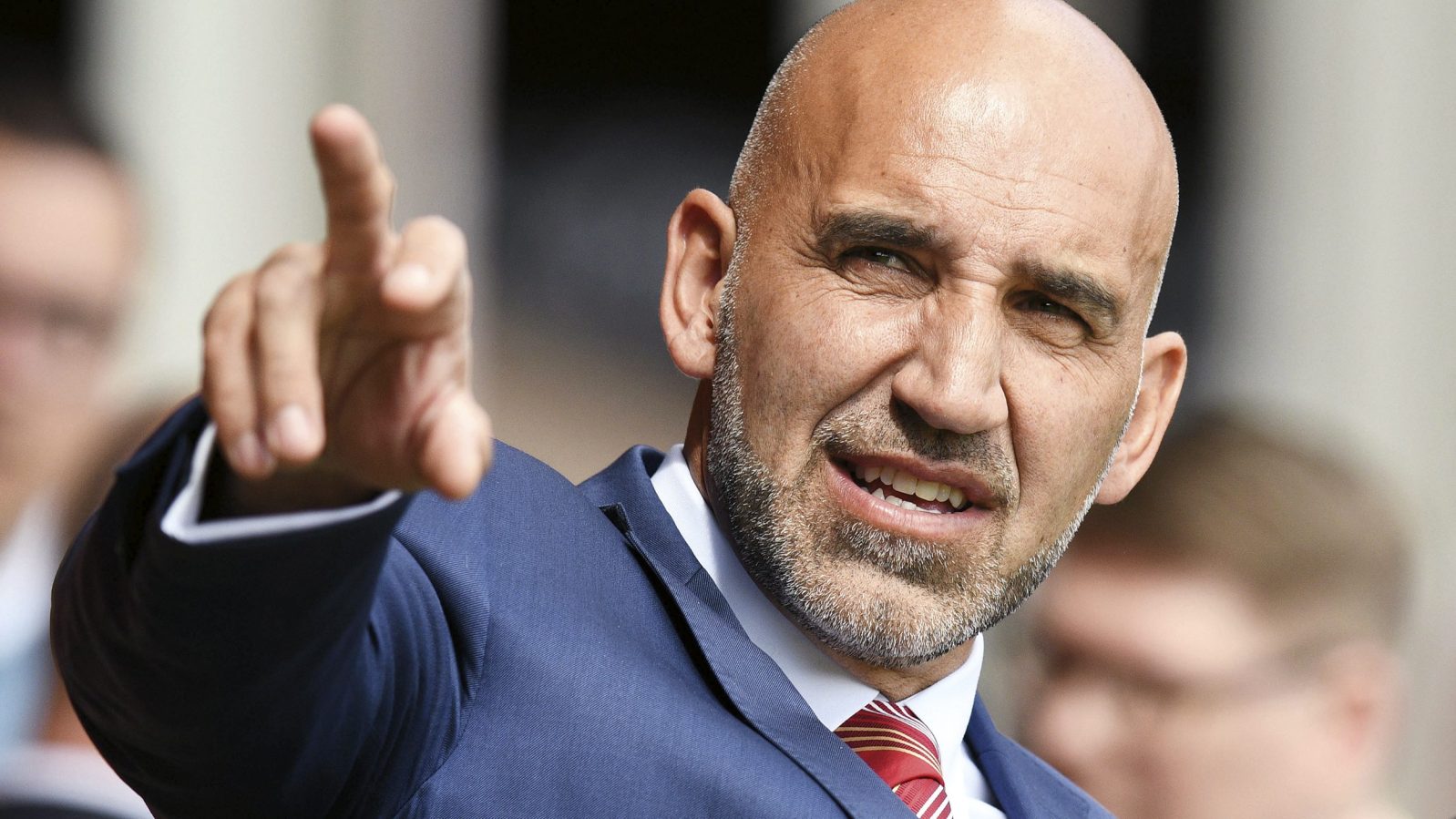In its mid-year international transfer snapshot, FIFA revealed a number of all-time high figures in both men’s and women’s football.

Overall, a record US$7.36 billion (AU$11.49 billion) was spent on transfer fees in the 2023 mid-year (June 1 to September 1) window, which is an increase of more than 47% compared to the same period last year.
For men’s football, most of the spending on transfers came from clubs in Europe, which registered a combine total outlay of about US$2 billion.
But a surprising driver of spending growth was Saudi Arabia, with clubs from the country spending a total of US$875.4 million on transfers. That’s the second-highest of all associations (England spent US$1.98 billion) and more than 3,100% more than what the country spent a year earlier. The official registration period set by the Saudi Arabian Football Federation for men’s professional football runs from 1 July to 20 September, meaning clubs from Saudi Arabia could register further plays after the publication of the report.
Saudi Arabia, which is funded by the country’s sovereign fund, the 2.23 trillion riyal (AU$928 billion) Public Investment Fund, made a number of high-profile transfers during the period, like Neymar da Silva Santos Júnior, who joined Al Hilal in August.
FIFA’s chief legal and compliance officer, Emilio García Silvero, said this was the first time ever that clubs from a single association have received more than US$1 billion in the mid-year transfer window alone.
In the women’s league, US$3 million was spent on international transfers, according to the FIFA report. Though a relatively small figure compared to the men’s division, it still represents a 140.8% increase on the 2022 mid-year window. Clubs from Germany registered the highest number of new players (55) while the US was the only non-European association to feature in the top five with 33 new transfers.
“The number of transfers during the mid-year registration period also increased for the sixth year in a row, with 829 transfers, 66 of which were with fees,” Silvero said. “These are both new records, with +19.1% and +83.3% respectively.”

The increased spending coincided with the FIFA Women’s World Cup, which took place in August in Australia and New Zealand and saw an increased focused on women’s football.
At the time, it was reported that Australia’s economy received a $7.66 billion injection thanks to the sport, from an $84 million spend. It was reported that prior to the World Cup, the Matilda’s brand value would have been $40-$45 million. Over the next three years potential value will rise to $175-$210 million, Mark Crowe from Brand Finance Australia said.
Look back on the week that was with hand-picked articles from Australia and around the world. Sign up to the Forbes Australia newsletter here or become a member here.


